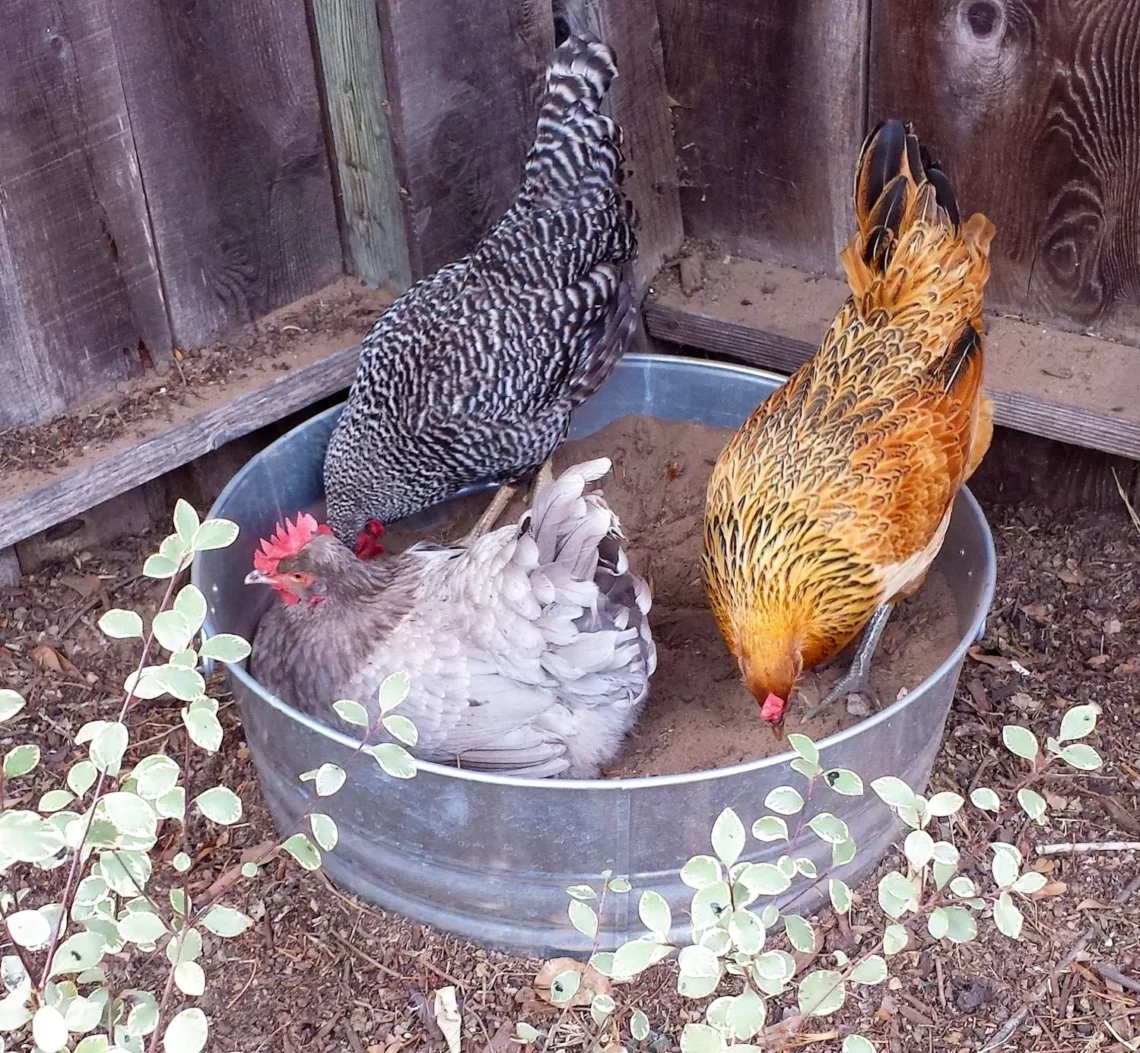
How to Make a Chicken Dust Bath: Easy DIY Ideas
Just like our showers, dust baths are an important part of a chicken’s daily routine, helping to keep them clean, healthy, and looking fresh! Come learn how to make a DIY chicken dust bath for your backyard flock. This post will cover dust bath basics and frequently asked questions, including how to set one up, the best “recipe” and ingredients to use, ideal location, rain protection, dust baths for baby chicks, and more. We’ll also explore different dust bath styles, including a simple metal tub dust bath.
What is a chicken dust bath?
A dust bath is any area that a chicken uses to lay, fluff, and clean themselves in dirt. It can be as simple as a natural depression on the ground that the chickens dug themselves… and y’all know they’re great at that! Or, you can make a chicken dust bath to offer a designated spot for them to bathe.
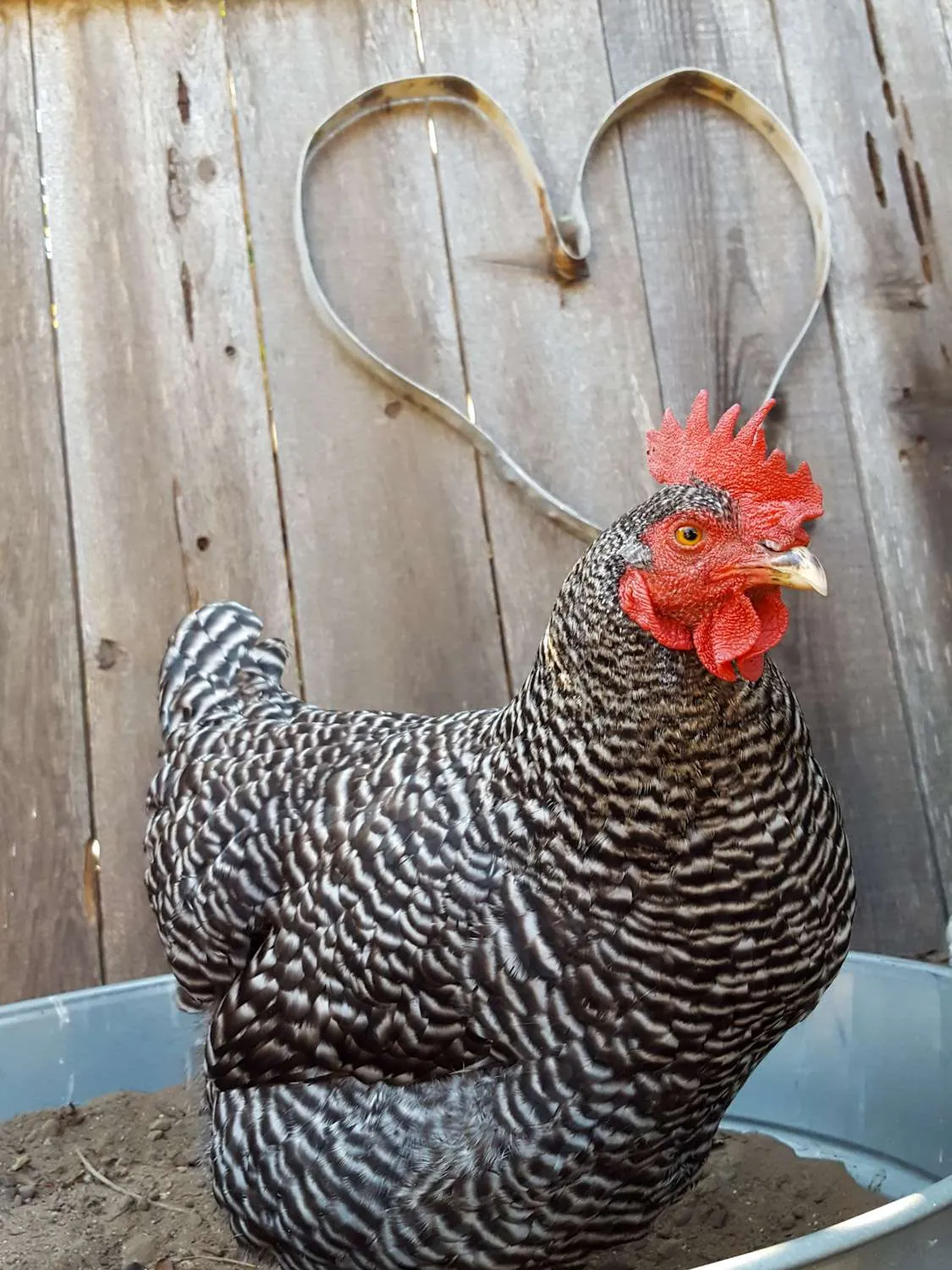
Why make a chicken dust bath?
- It’s important to create a chicken dust bath area for your birds to stay healthy, especially if your native soil isn’t suitable for bathing on its own. For instance, chickens won’t be able to create their own natural dust bathing area in clay or rocky soil, or if it’s all grass or wood chips in the chicken area. They need loose, fine, or sandy soil to bathe in instead.
- Plus, you can add other beneficial ingredients like lime or wood ash if you make a special contained chicken dust bath like ours.
- Another perk of creating a designated dust bath area is that maybe (just maybe) your birds will cut you some slack and do less damage or digging in other parts of your yard!
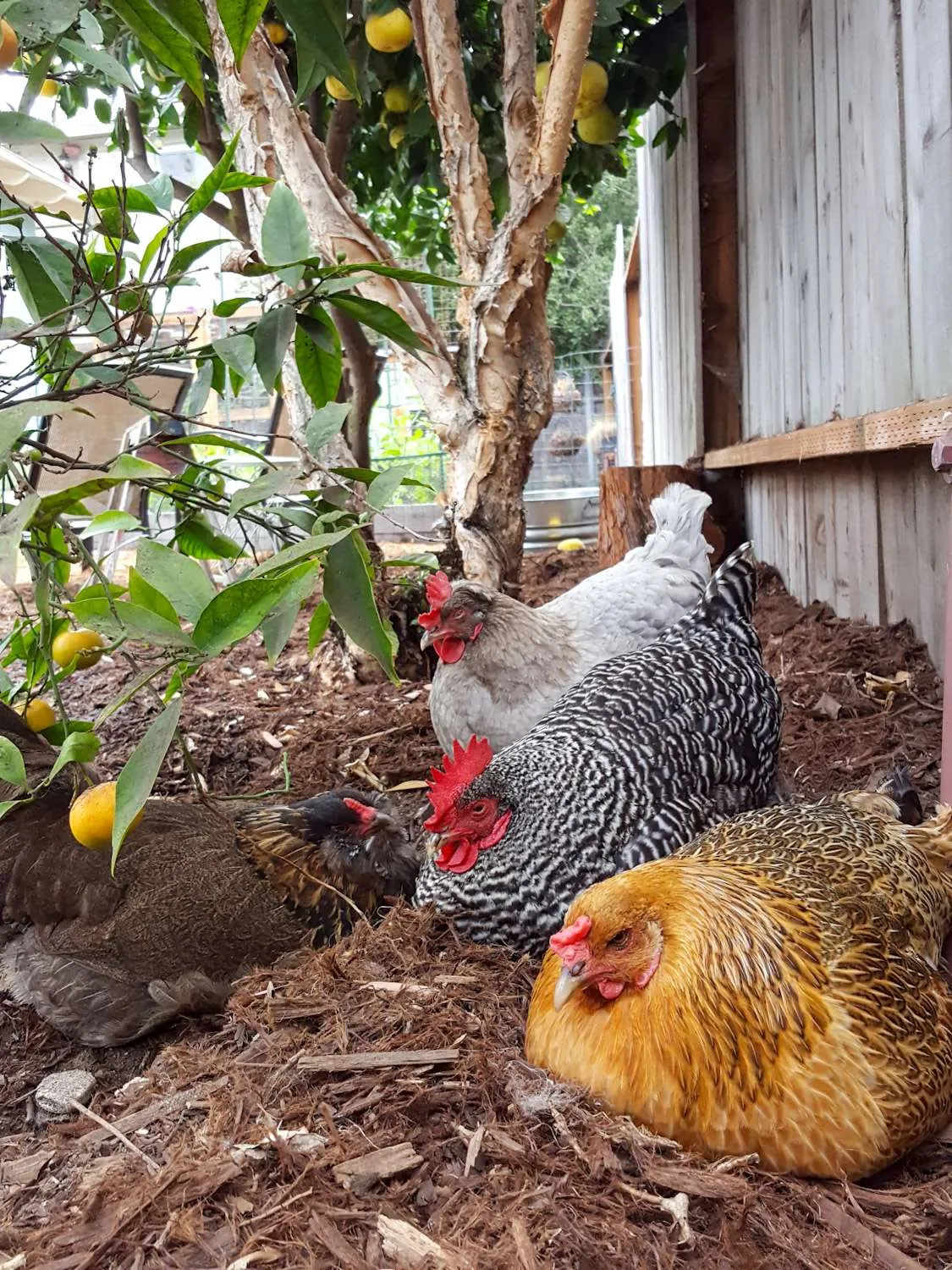
Why do chickens take dust baths?
Dust baths are important for a number of reasons! Like many other birds, chickens of all ages use fine loose soil to keep themselves clean and healthy. By literally wallowing in the dirt, fine particles of sand and soil work their way between feathers, cleaning them in the process. Along with preening and grooming, dust baths prevent feathers from becoming too oily – keeping feathers full, fluffy, insulating, and water-resistant.
Chicken dust baths are also an important way to naturally prevent and control parasites like lice or mites. Even more, dust bathing helps keep chickens cool during hot weather… and heat stroke is common and often lethal to chickens! The very top of the soil may feel warm on a hot day, but once they fluff and shimmy down a bit deeper, they’ll find comfortably cooler soil enjoy.
Most chickens will take a good dust bath every day, or every other day. They seem to absolutely love it. When they’re finished, they get up, shake like a dog, and let the dust fly!
Related: 10 Ways to Keep Chickens Cool During Heat Waves and Hot Summer Weather
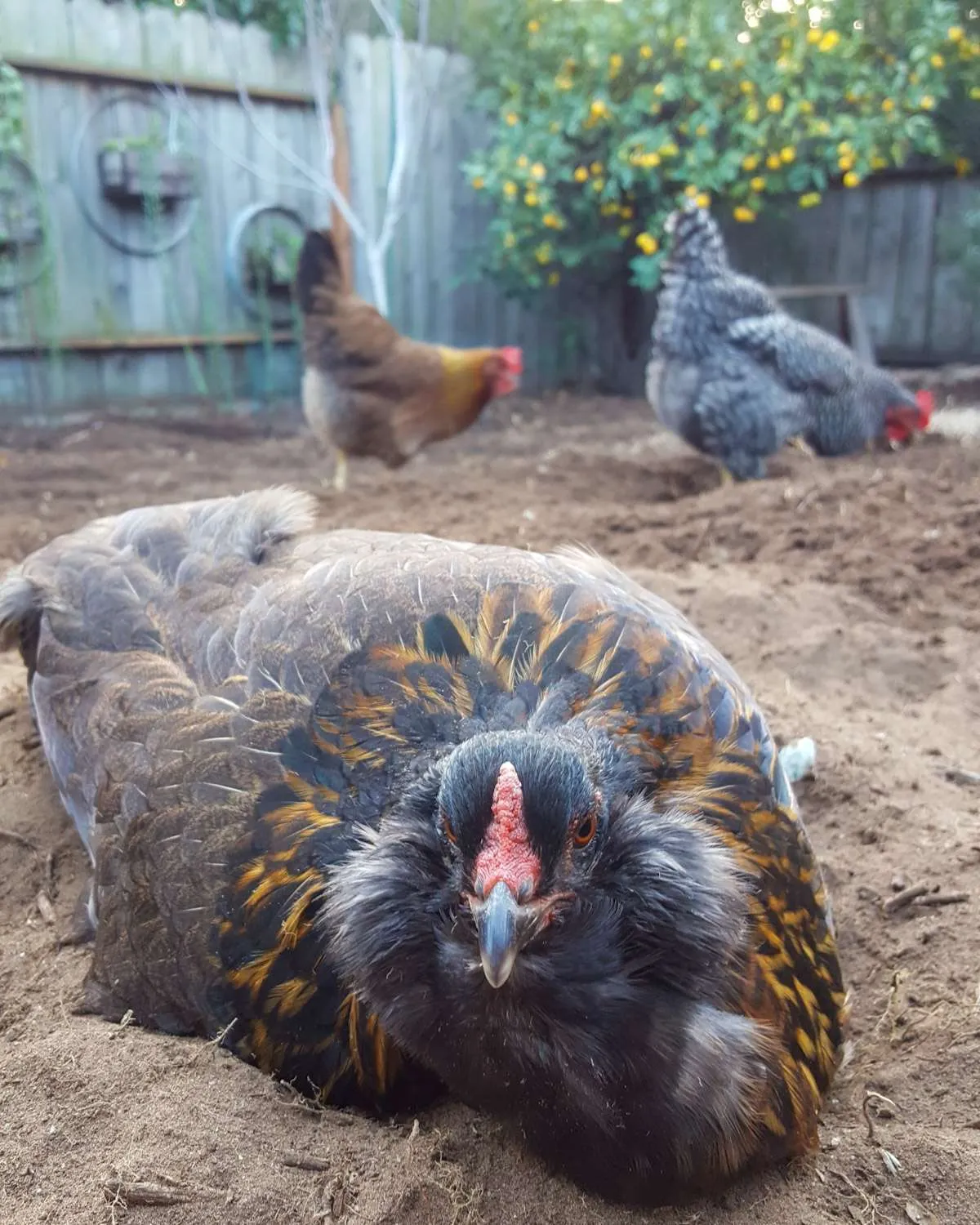
Containers Options: What to use for a chicken dust bath?
You can make a chicken dust bath from any large, wide, shallow container. A few great examples include:
- galvanized tubs (15 gallon or larger recommended)
- wood or plastic crates
- an old garden bed
- kiddie pool or children’s sandbox
- a giant cat litter box
- sturdy plastic tubs or totes
- Use big old tires or dresser drawers to create a neat up-cycled dust bath!
- You could also lay down logs, wood boards, or large rocks on the ground to frame out a dust bath area.
Since dust bathing is a communal activity, choose a container or area that is large enough to accommodate at least 2 or 3 members of the flock at once. In fact, you may want to set up several dust bath areas. The more, the merrier!
It’s also best to add drainage holes to the bottom of the dust bath container so it doesn’t get too soggy when it rains. We’ll talk more about rain protection in the “location” section below.
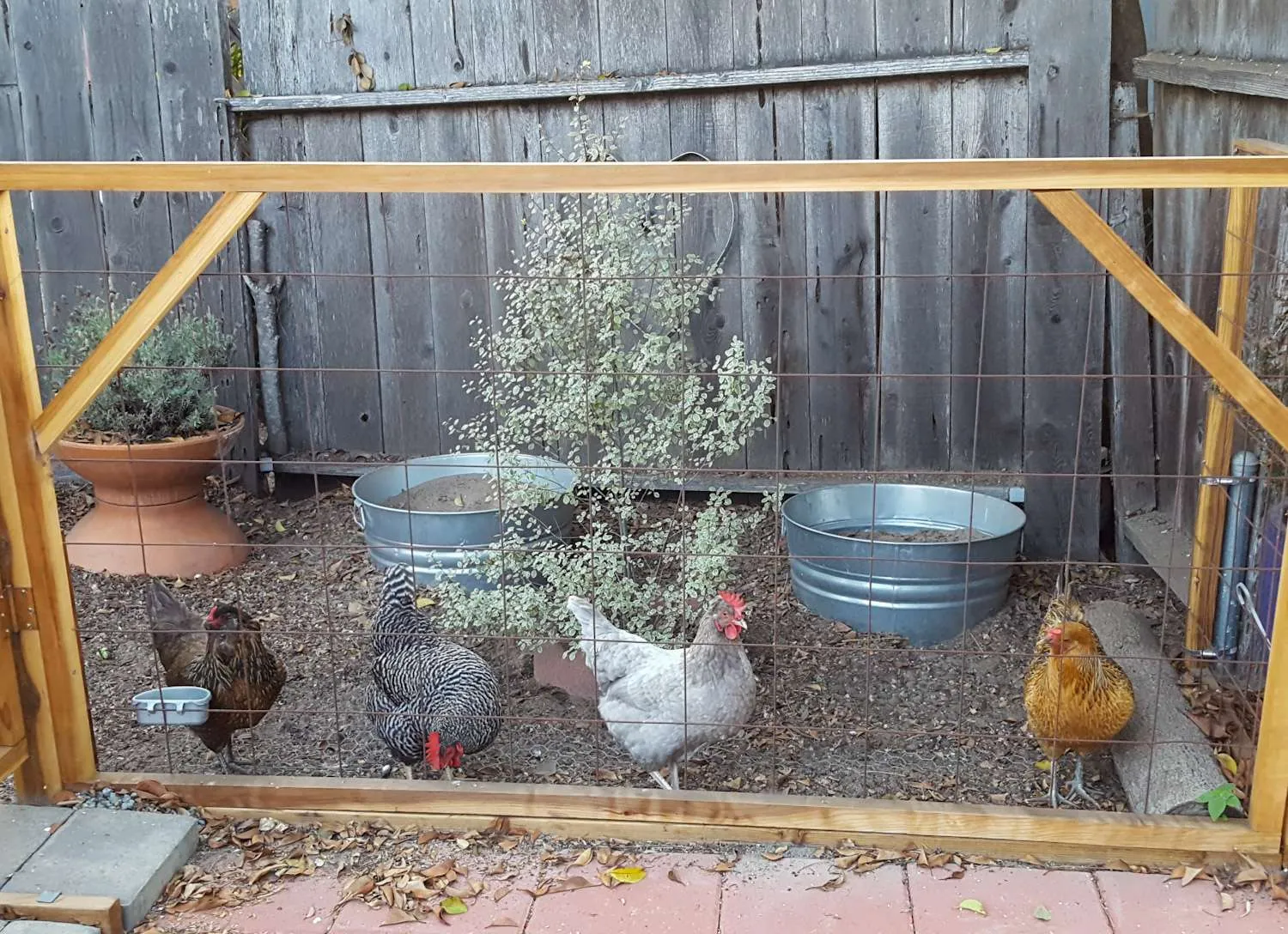
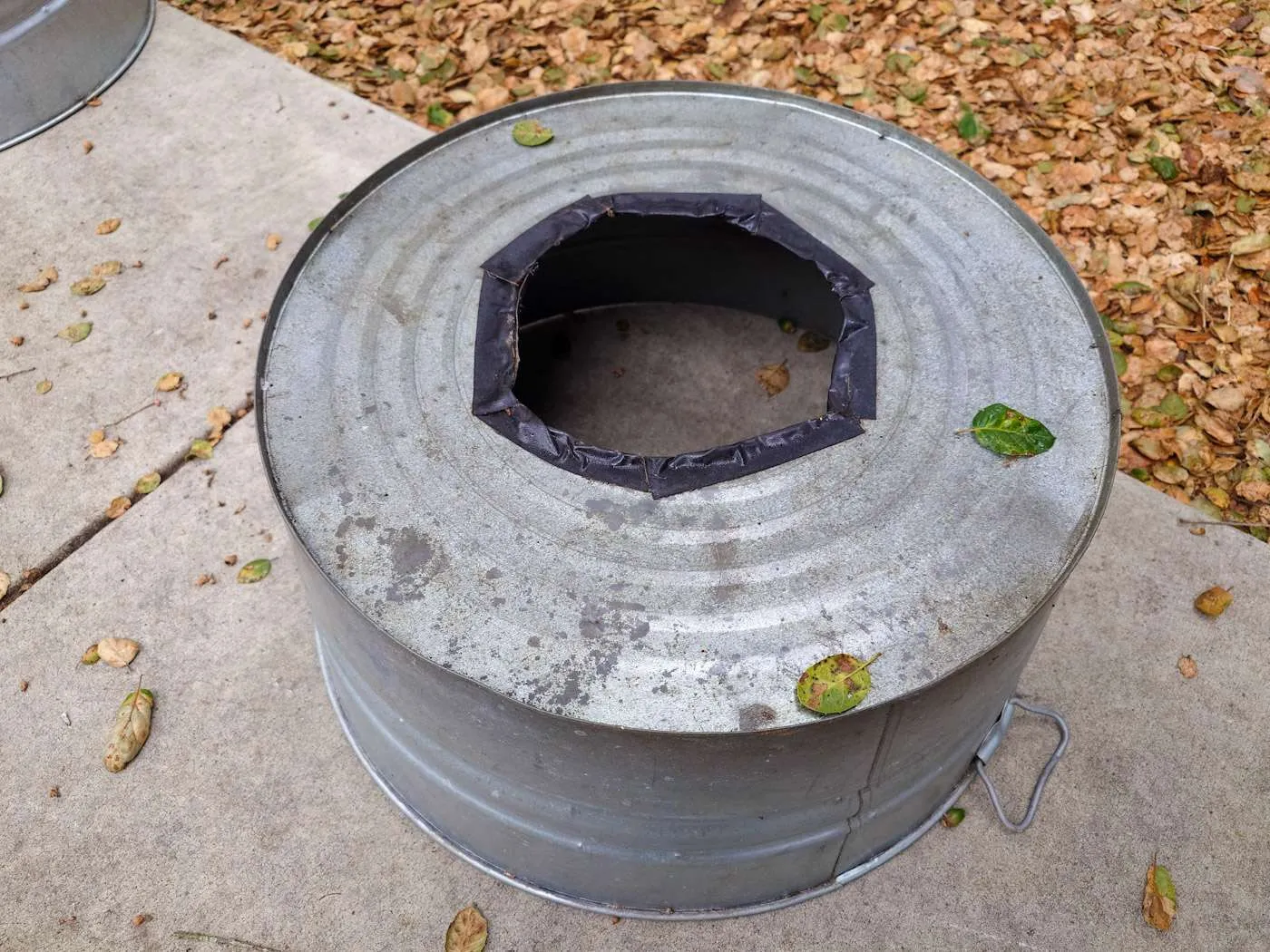
Ingredients: What do you put in a chicken dust bath?
Sand or plain dirt can make an adequate dust bath for chickens. However, adding ingredients like lime, diatomaceous earth, and/or wood ash will offer enhanced pest protection – explained more below.
Use the following recipe to make the perfect chicken dust bath:
- 1 part dirt: Choose soil that is fairly loose, fine, well-draining, and relatively free of debris like rocks, large sticks, or other uncomfortable obstructions. Average topsoil is a good choice. Avoid soil that has been treated with fertilizer or herbicides. Our native soil here is super sandy – perfect for chicken dust baths!
- 1 part sand: All-purpose sand is the best choice for chicken dust baths, also known as contractor’s sand, construction sand, or multipurpose sand. It’s fine enough for a good fluffabout, but coarse enough that they won’t inhale it. You should be able to find bags of all purpose sand at your local hardware store. Avoid using play sand for dust baths; it’s too fine, more easily inhaled, and often contains toxins. You also don’t want to use sand alone, because the chickens naturally prefer dirt!
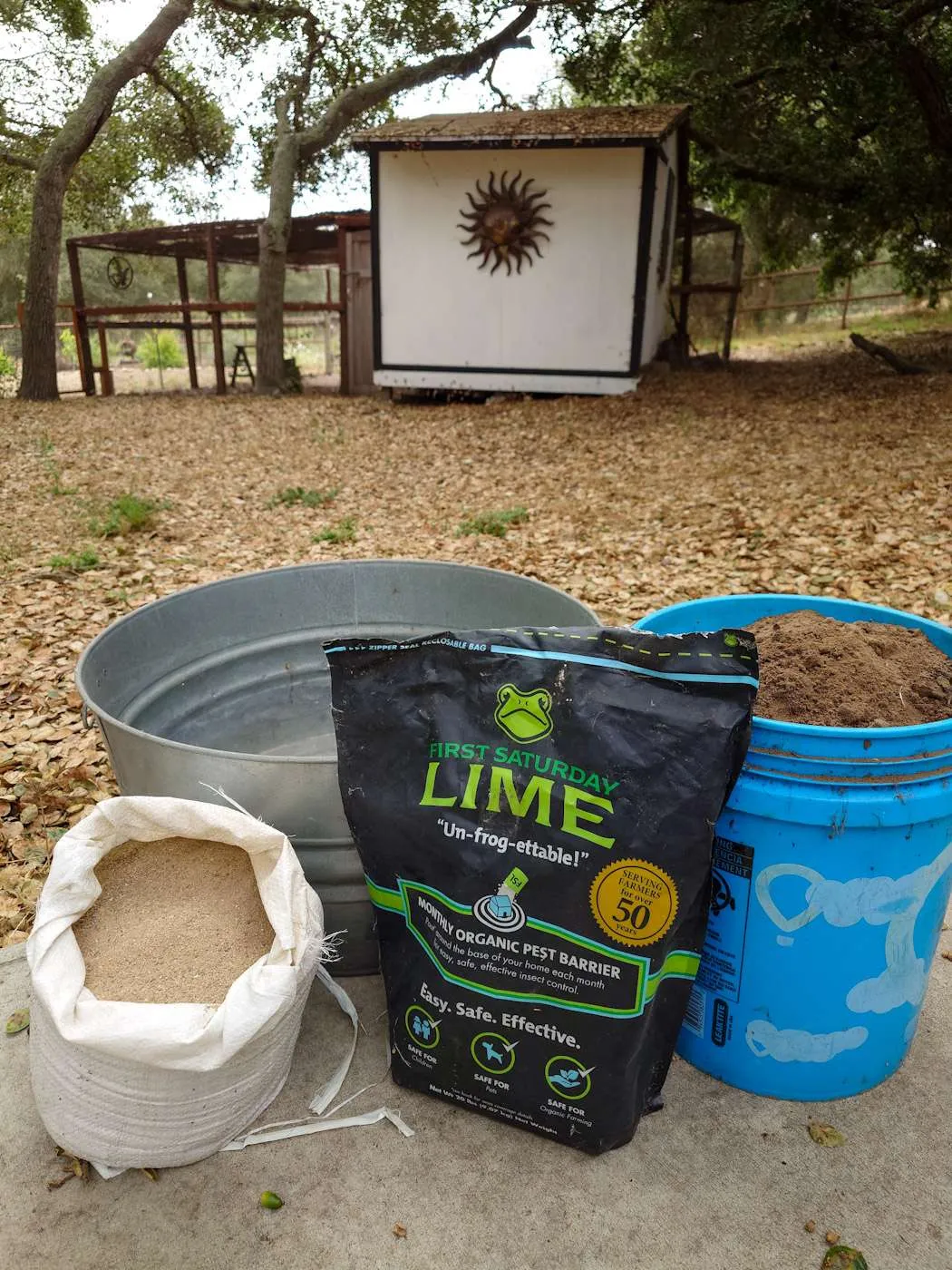
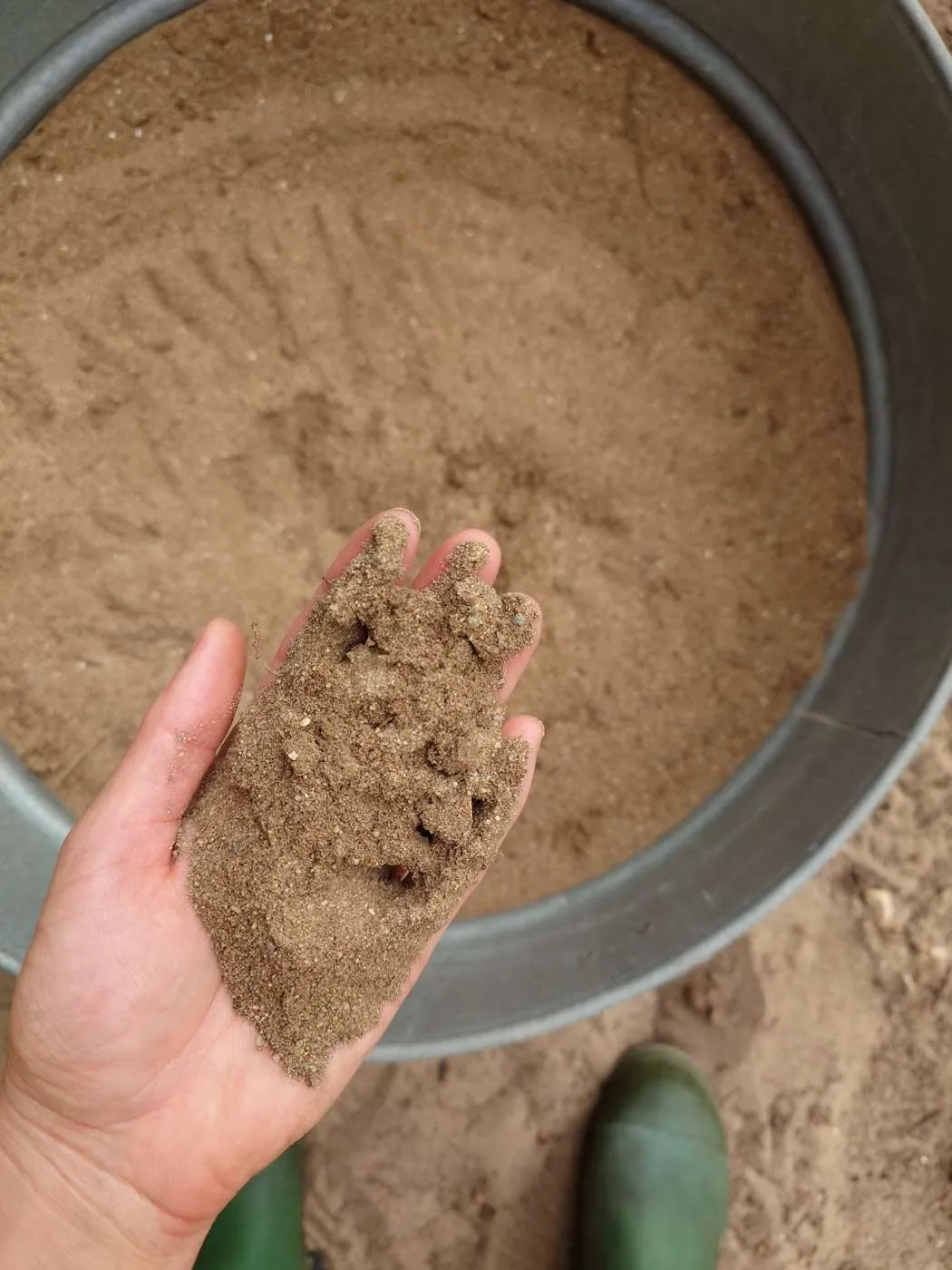
Optional dust bath additions
These optional dust bath ingredients help prevent common parasites, and are also great to add to the coop or nesting boxes. Add just a sprinkle of the following to your dust bath recipe:
- Lime – First Saturday Lime is our top-choice chicken dust bath ingredient to prevent parasites. It’s effective against poultry lice and mites, but is safe for pets, kids and the environment alike. Just a light sprinkle will do! (Note: do not use garden lime)
- Diatomaceous earth – Also known as DE, food-grade diatomaceous earth is another popular dust bath additive for parasites and pests. However, the very fine dust can be harmful to humans and animals when inhaled. So if you do use DE, use a very small amount and in a well-ventilated area. Otherwise, just stick to lime.
- Wood ash – I’ll never forget the day we had to re-home a chicken (long story)… The woman scooped up Darcy, held her upside down, and blasted her with a heaping handful of wood ash – with love! Like DE and lime, wood ash smothers pest insects like lice, ticks, mites, and fleas. So if you generate a lot of wood ash at home, feel free to toss some in the chicken dust bath!
- Dried Herbs – Many herbs also deter pest insects, including lavender, peppermint, lemongrass and more. Plus, they smell nice! Spoil your chickens with a handful of nesting box herbs in their dust bath.
Note: It’s best to avoid DE, lime or wood ash in dust baths for baby chicks, but using dried herbs is fine!
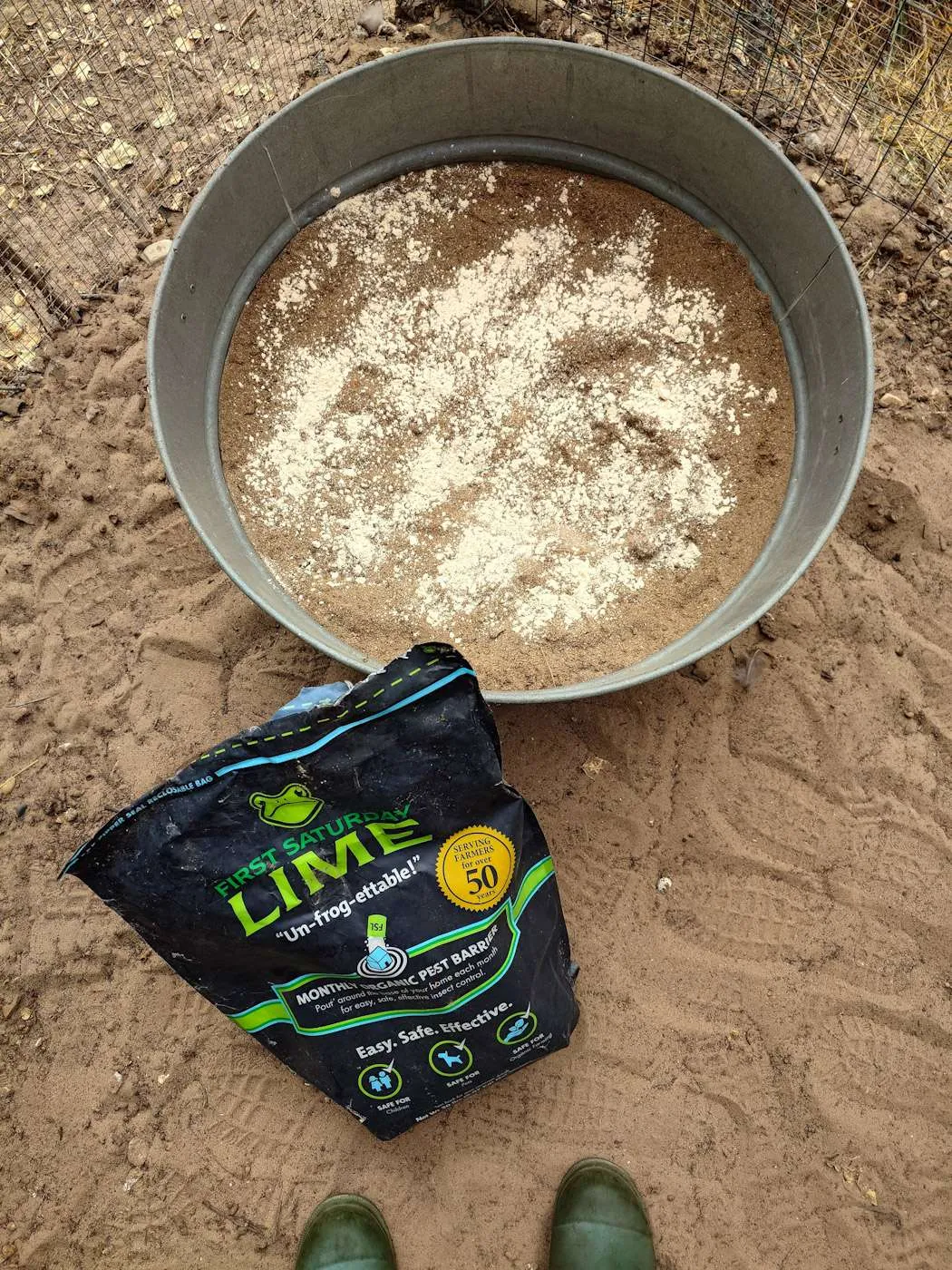
Where to locate a chicken dust bath?
- Sun or Shade? Chickens like options! We found that our girls often like to stretch out and dust bathe in the sun, but also like the comfort of shade on warmer days. So, we set up dust baths in several locations in our yard and run.
- Protection. Chickens usually feel most secure to relax when they’re lounging under cover, such as under their coop or under the canopy of trees or shrubs. We have some dust baths out in the open sun, and one in a shadier corner of their run.
- Rain. In addition to adding drainage holes to your chicken dust bath container, consider further rain protection if you live in a wet climate. For instance, by locating the dust bath under the coop or other sheltered location. You could also build a short roof over the dust bath area, such as with a simple wood frame with a sheet of corrugated rooting (metal, fiberglass or plastic) on top. We also find that stirring and fluffing the dust bath soil with a shovel after heavy rain helps it dry out faster.
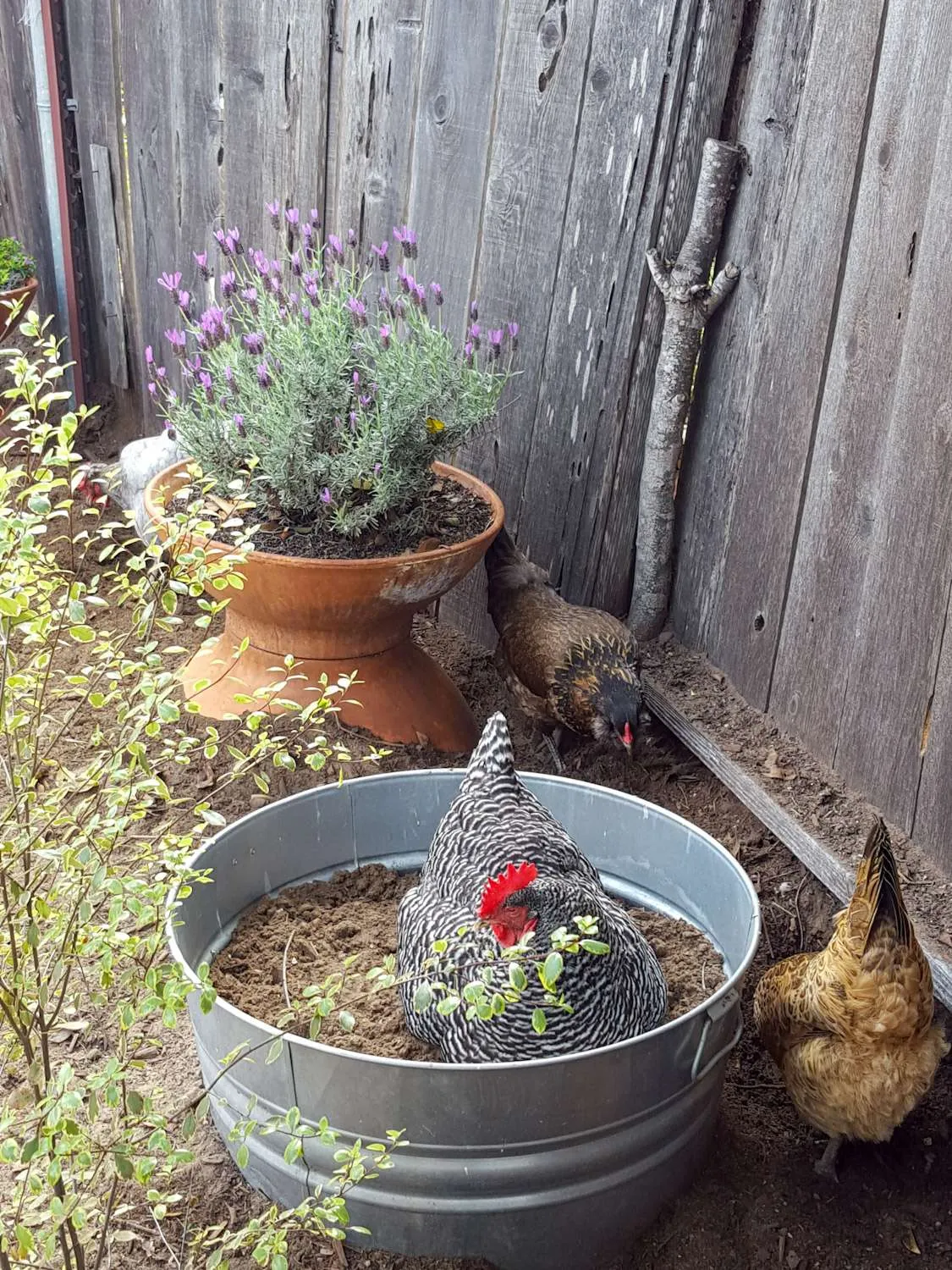
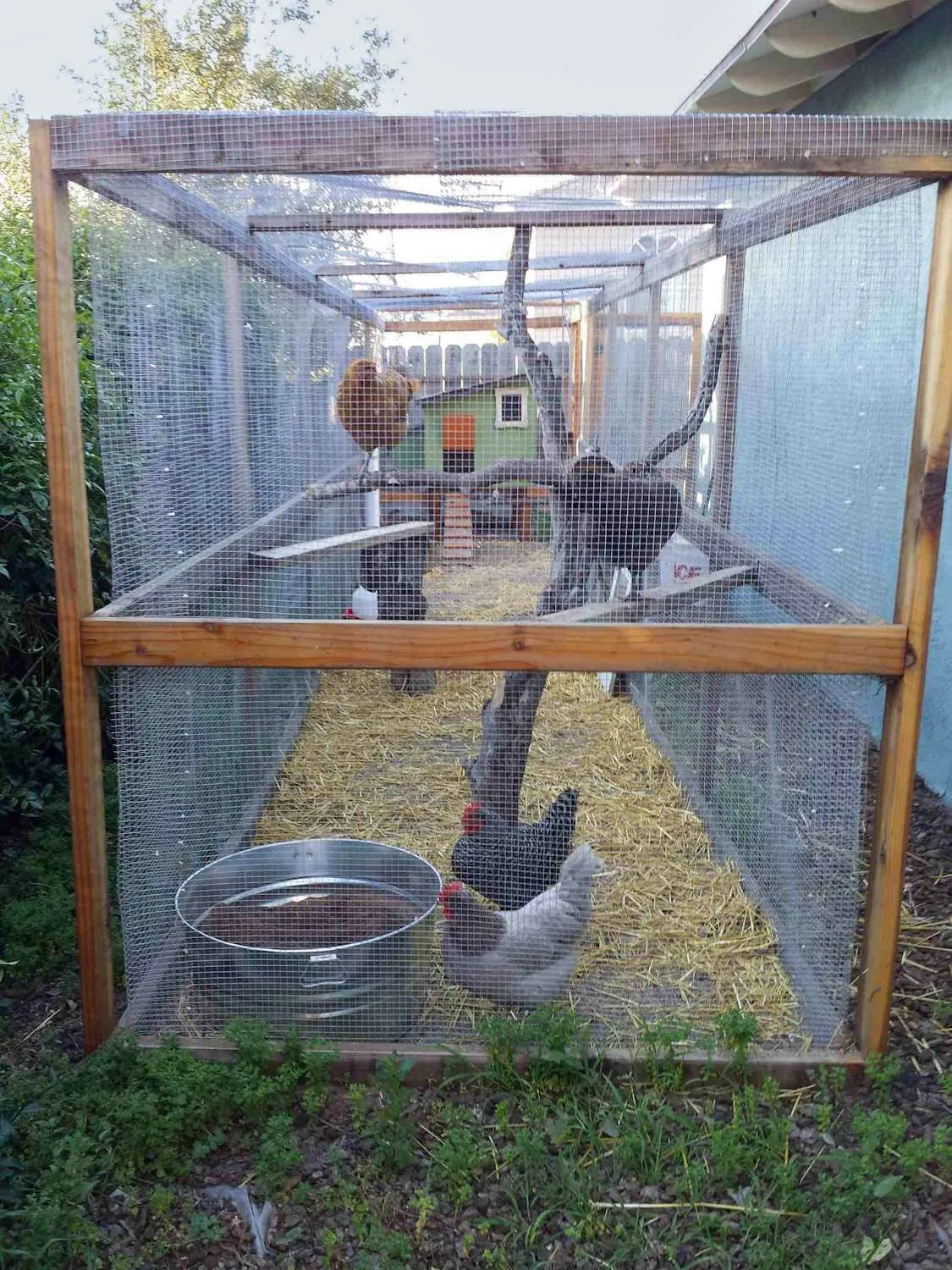
Chicken dust bath maintenance
Dust baths are pretty low maintenance. However, you may want to periodically check the dust bath to remove poop, sticks, or other undesirables from the area. The container may also get low over time, as the chickens fling the dirt out, or walk away with it in their feathers! Top off with more soil and sand as needed. Finally, add a fresh handful of lime, DE, wood ash, and/or herbs once every month or two.
Do baby chicks need dust baths?
Yes, baby chicks and young pullets like to take dust baths too! In fact, you’ll often see them laying and fluffing around in their brooder pine shavings – simulating a dust bath. Create a mini dust bath for chicks inside their brooder by filling a small, wide, shallow container with sand and/or fine dry soil. Any container or tray that’s short enough for them to easily climb in and out of will do, such as a cardboard shoebox lid. Don’t add lime, DE, or other additions though. Chicks are sensitive at this stage! Learn more about caring for baby chicks here.
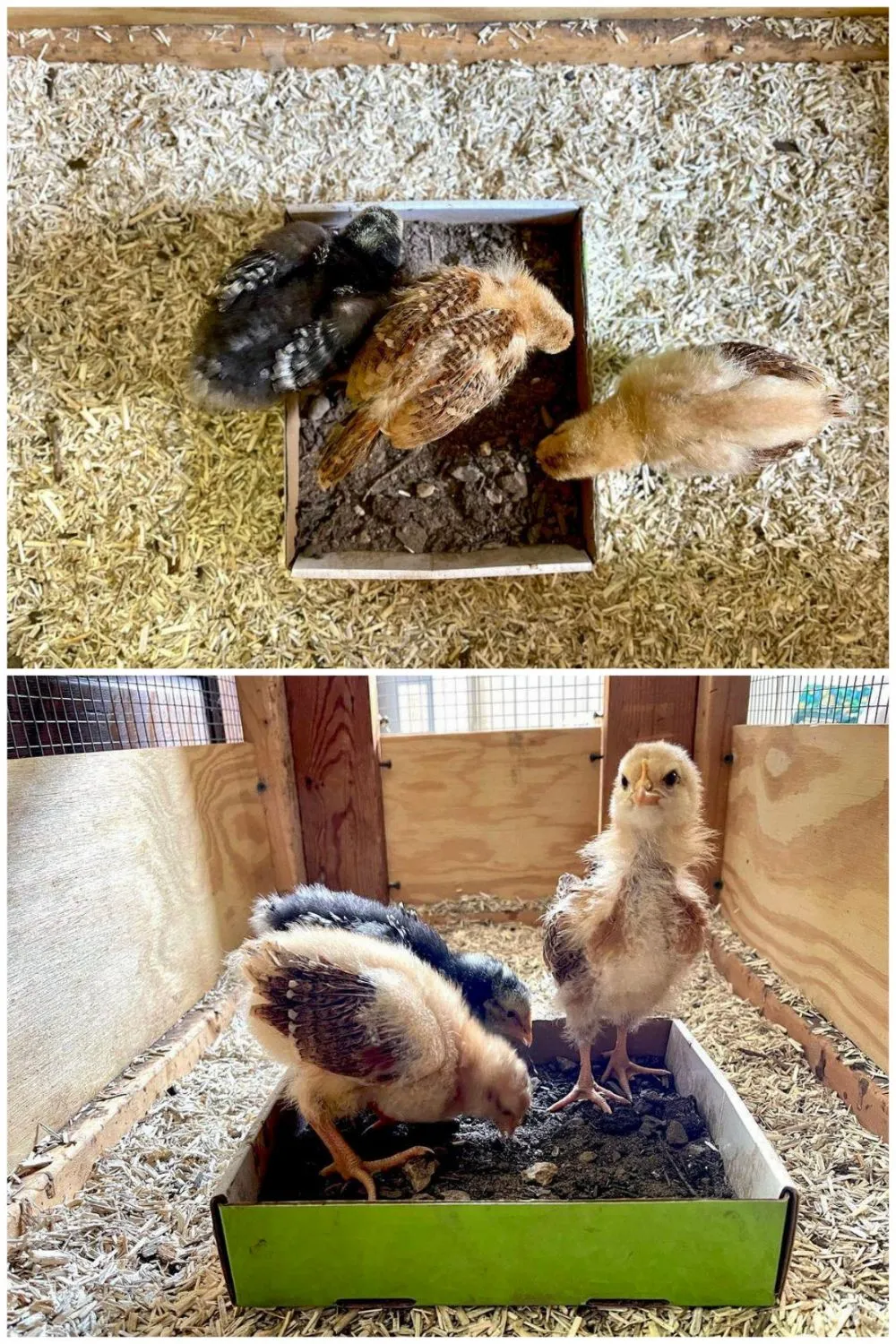
And that’s the dirt on chicken dust baths.
Well, did you learn something new? I hope you found this article to be useful and informative. If so, please spread the chicken love by pinning or sharing this post! Also feel free to ask any questions you have in the comments below. Otherwise, have fun putting together your new dust bath space. I’m sure your flock will want to help supervise, and will be very grateful!
You may also enjoy:
- How to Store & Wash Fresh Eggs: Best Practices for Backyard Chicken Eggs
- 10 Ways to Keep Chickens Cool During Hot Summer Weather or Heat Waves
- How to Ferment Chicken Feed for Better Hen Health & Eggs
- 10 Tips on Caring for Chickens in Cold Winter Weather
- Backyard Chickens 101: What to Expect When You’re Expecting




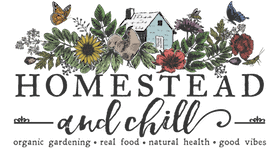
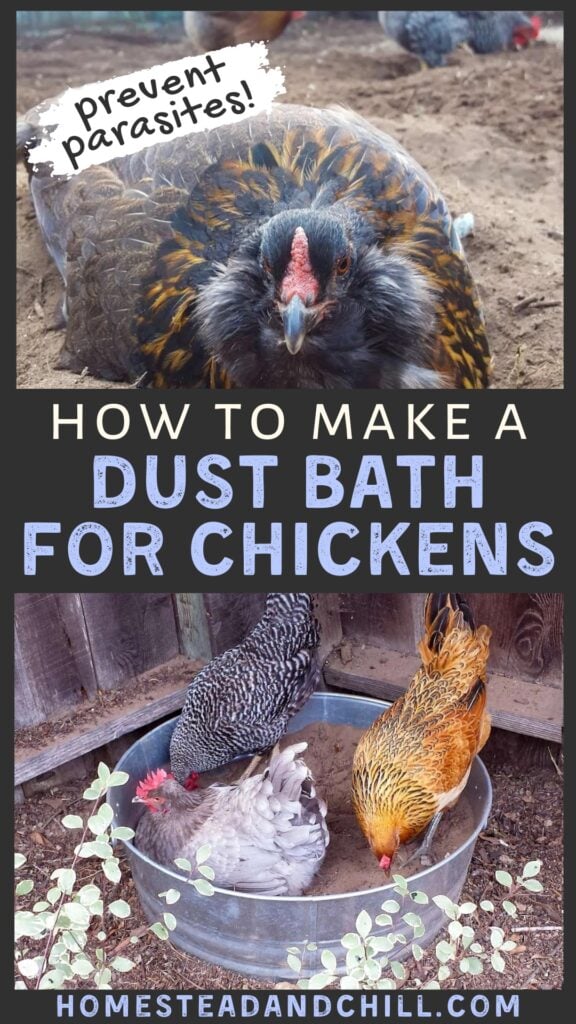
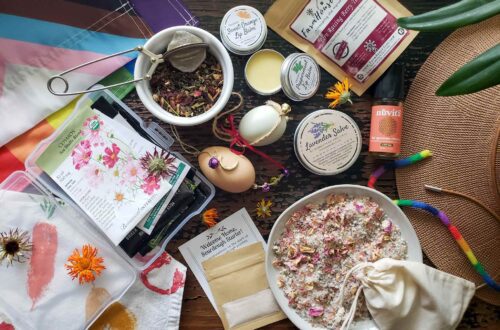
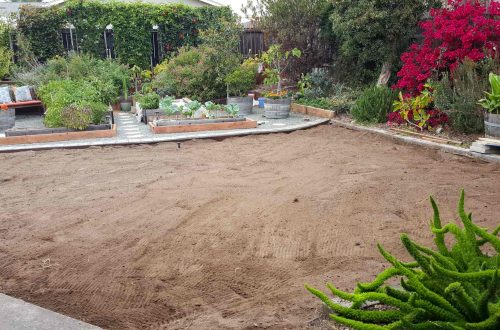
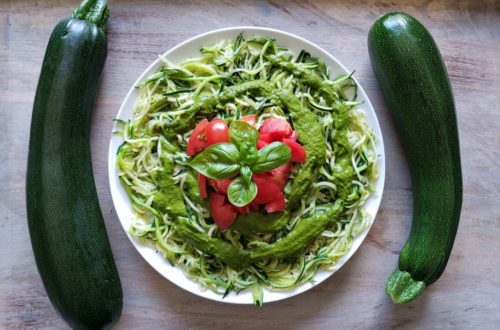
2 Comments
Riley
Loved this post! It was thorough, approachable, and gave enough details without being too lengthy. I appreciate your hard work!
Aaron (Mr. DeannaCat)
Thanks for reading Riley and glad you enjoyed it!